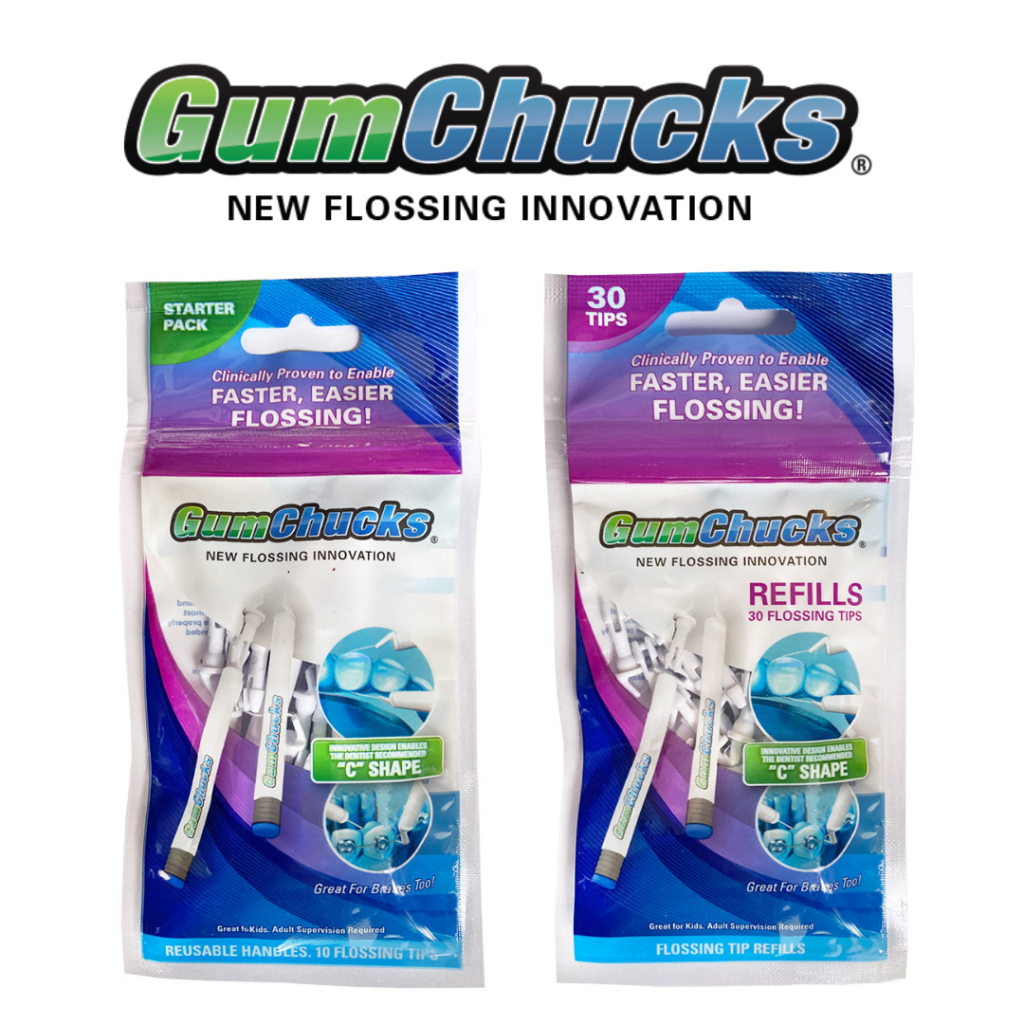Plaque, gingivitis, and tartar are all dental terms that we know signify signs of unhealthy dental habits – but what is the difference between these terms, and how exactly does each affect your mouth?
When you run your tongue over your teeth, do they feel fuzzy? If you answered “no”, then great job with practicing healthy oral hygiene! If your teeth do feel remotely fuzzy, then keep reading to find out how you can better manage your dental plaque.
Dental Plaque
When you eat, drink, or breathe, bacteria and other microorganisms enter your mouth. When these bacteria combine with your saliva, plaque begins to form between your teeth and along the gum line. When plaque isn’t regularly removed, it hardens into a yellow substance called tartar which can build up along your gum line.
Scientifically, plaque is often referred to as “biofilm”. This is because plaque actually forms a gluey polymer layer that protects a community of living microbes that live in your mouth. The sticky coating that plaque creates further helps microbes and bacteria attach to surfaces in your mouth, which results in thriving microcolonies.
Poor oral hygiene habits allow the acids produced by dental plaque to eat away at tooth enamel over time, which causes cavities. This slow buildup of tartar eventually leads to gingivitis, resulting in red, swollen, and often bleeding gum tissue. If gingivitis is left untreated, the next step in this bacteria buildup is gum disease. Gum disease causes numerous serious health concerns like a receding gum line, bleeding gums, and even tooth loss.
Fighting Back Against Plaque
Fortunately, plaque buildup is reversible with good oral hygiene habits and professional treatment. Here are ways that you can control the plaque buildup in your mouth:
- Floss regularly! Flossing your teeth is the only way to remove plaque between your teeth and keep tartar out of hard-to-reach places. GumChucks’ unique design does this better than any other flosser on the market.
- Brush regularly. Brushing your teeth twice a day will help eliminate accumulated plaque buildup. Studies have shown that electronic toothbrushes get rid of plaque more effectively than manual toothbrushes.
- Don’t smoke. People who smoke or use other tobacco products are more likely to have tartar.
- Watch your diet. The bacteria in your mouth release harmful acids when exposed to sugary and starchy foods. Try to eat a healthy diet and drink plenty of water after your meals.
- See your dentist. Get dental checkups at least twice a year. This is the only way to remove accumulated tartar.
How GumChucks Helps Remove Plaque
As we established, flossing your teeth is the only way to remove plaque and to prevent tartar from entering hard-to-reach places. GumChucks’ design ensures a flossing experience that’s faster, easier, and more effective than competing flossers or traditional floss. Our two handles with disposable floss allow you to comfortably reach all your teeth, even those in the back while wrapping the floss around each tooth. This creates the vital “C-Shape” necessary to get below the gum line and effectively clean each tooth.
GUMCHUCKS MAKES FLOSSING FUN, FAST, AND EASY!
Click here to get started with GumChucks today!


0 Comments